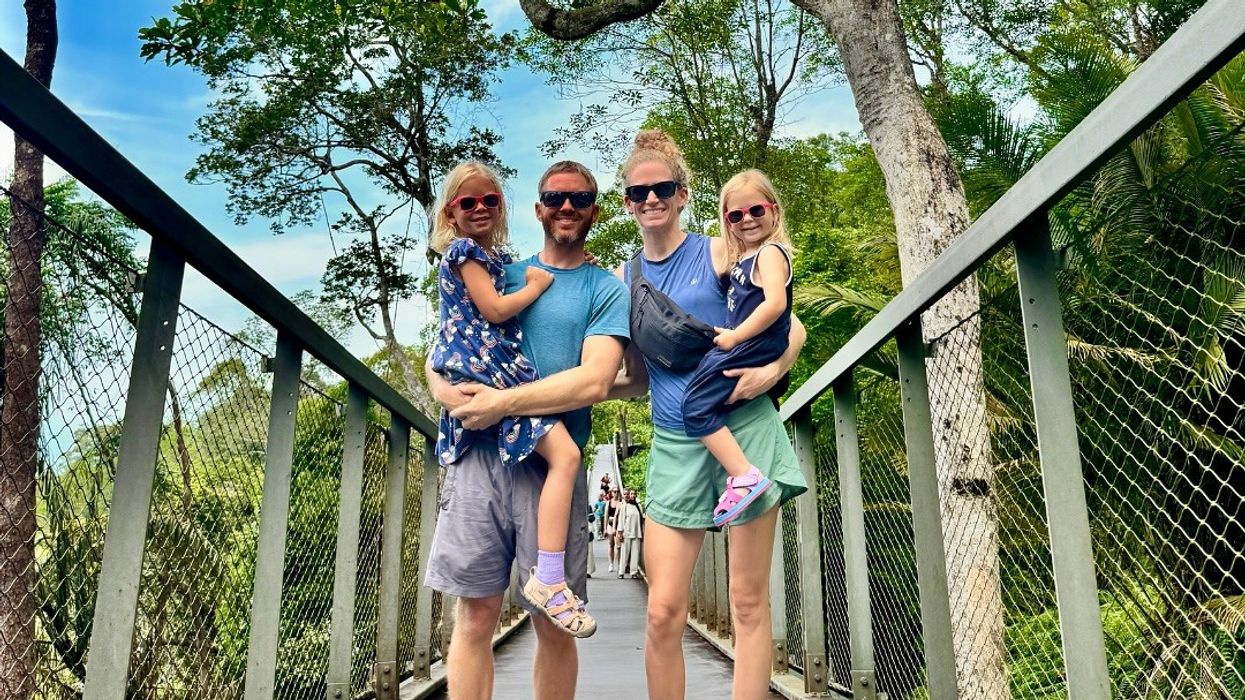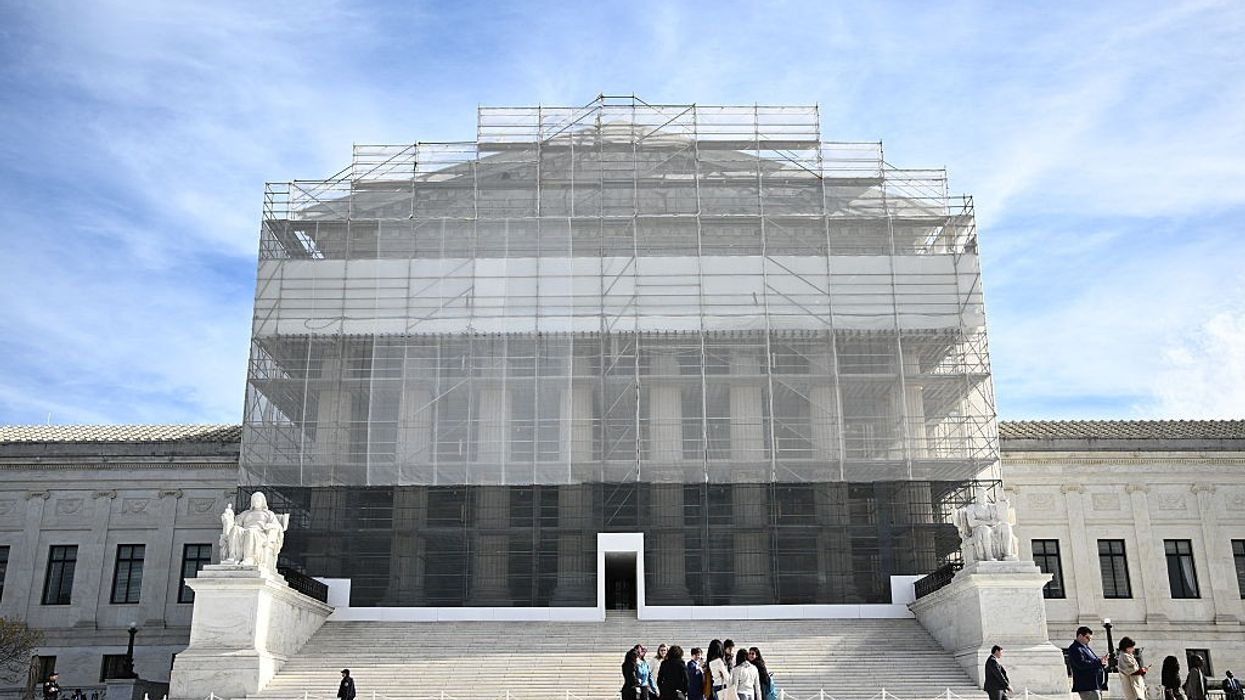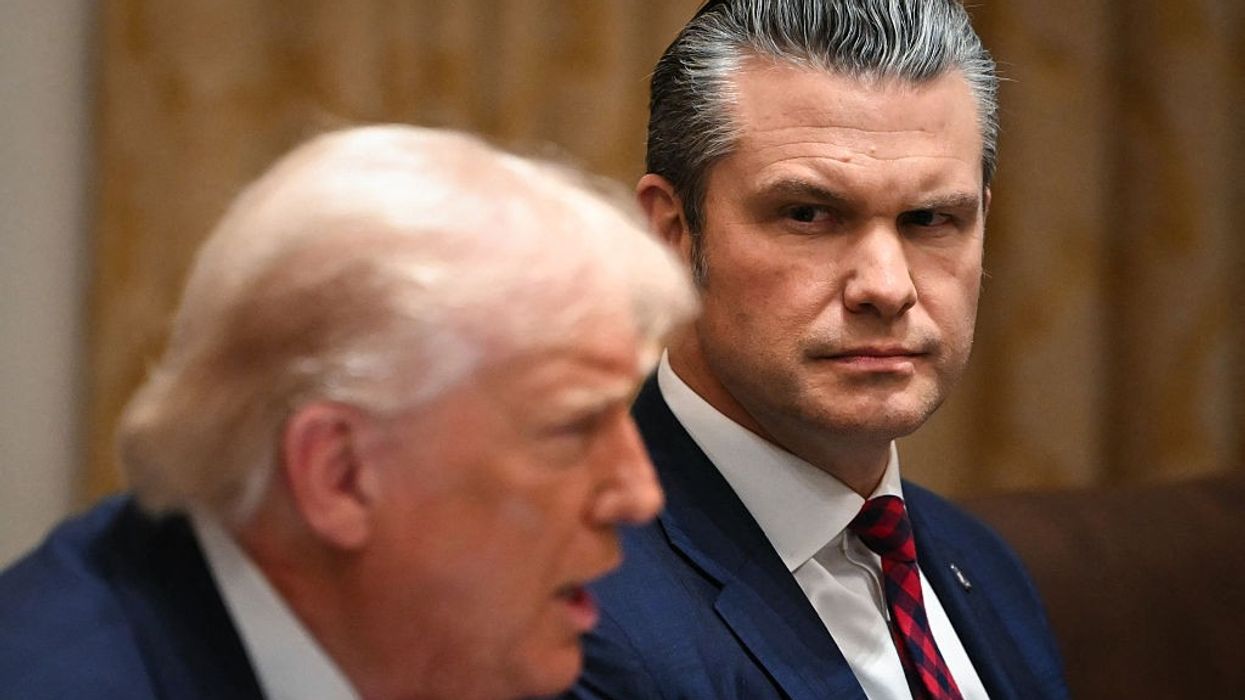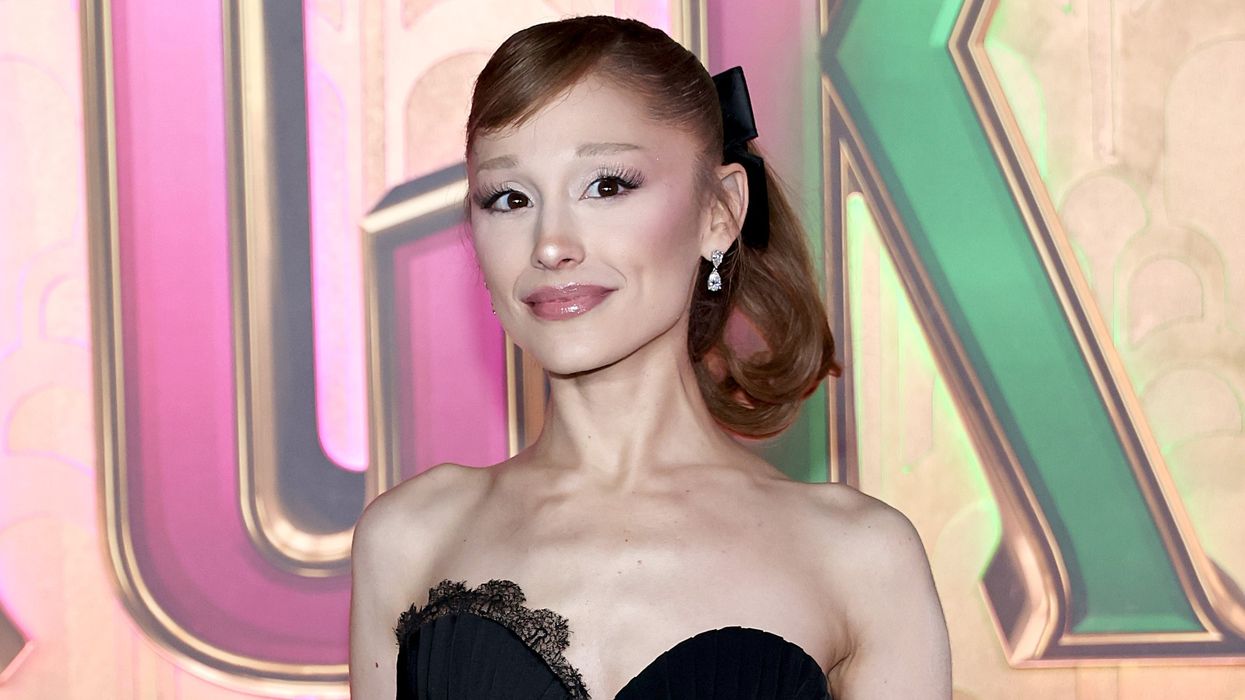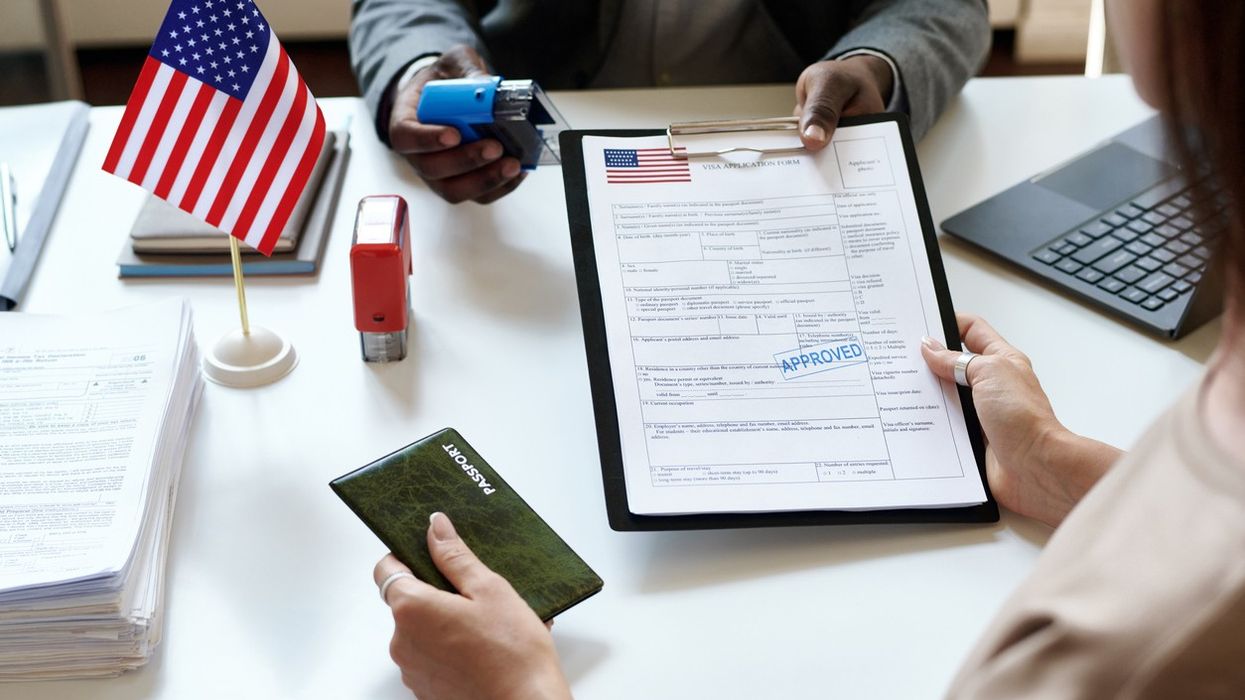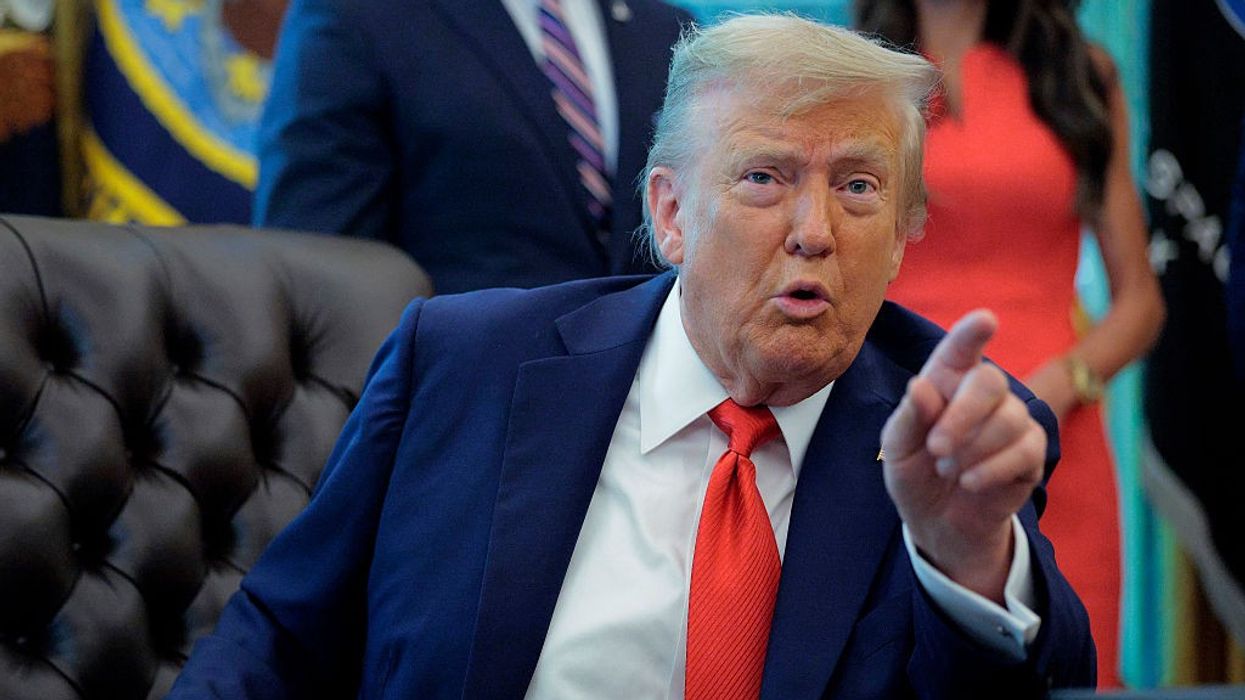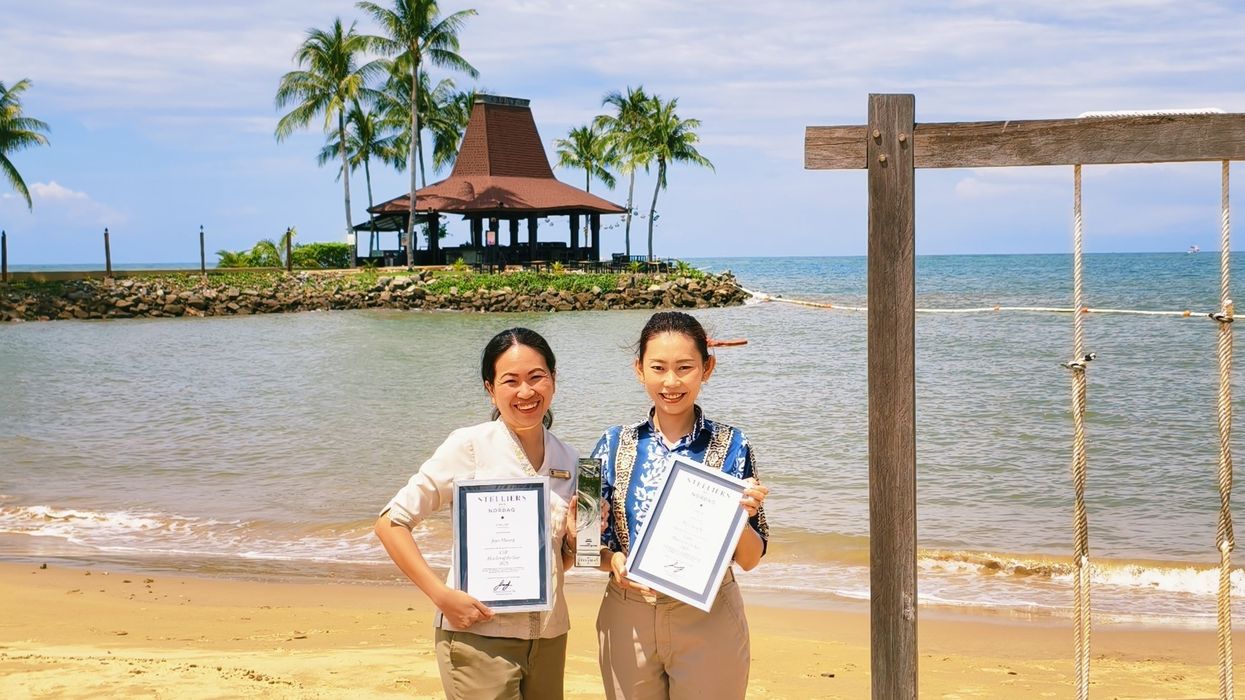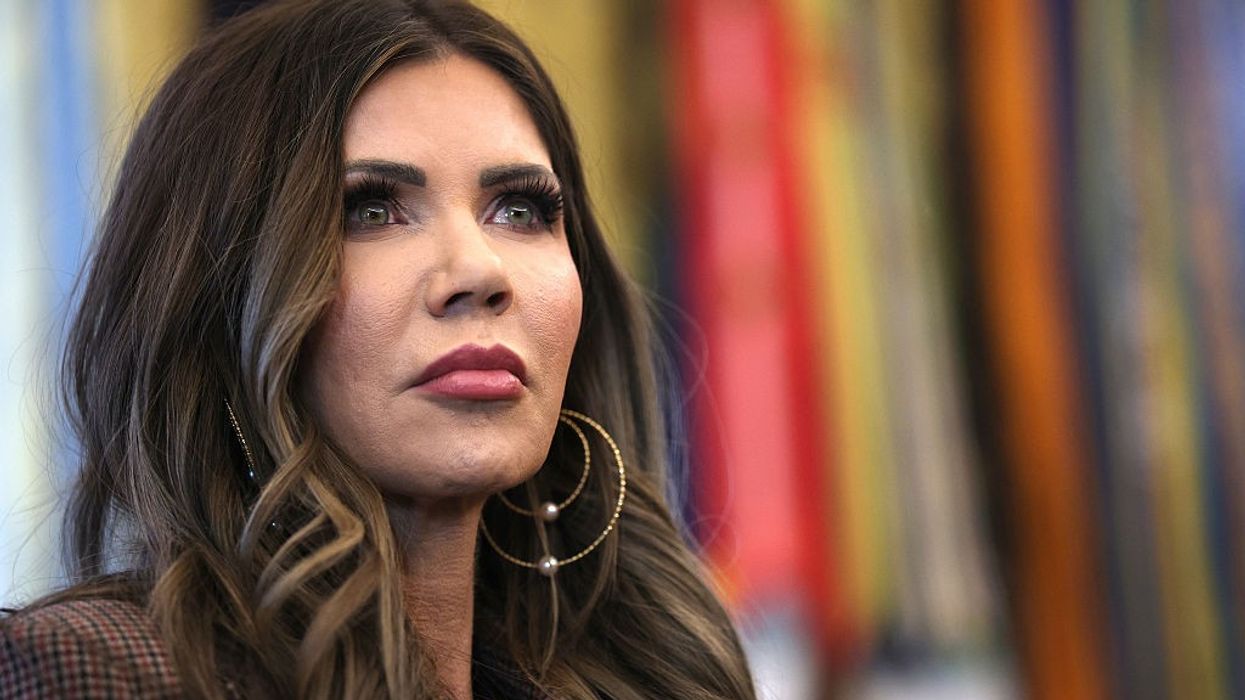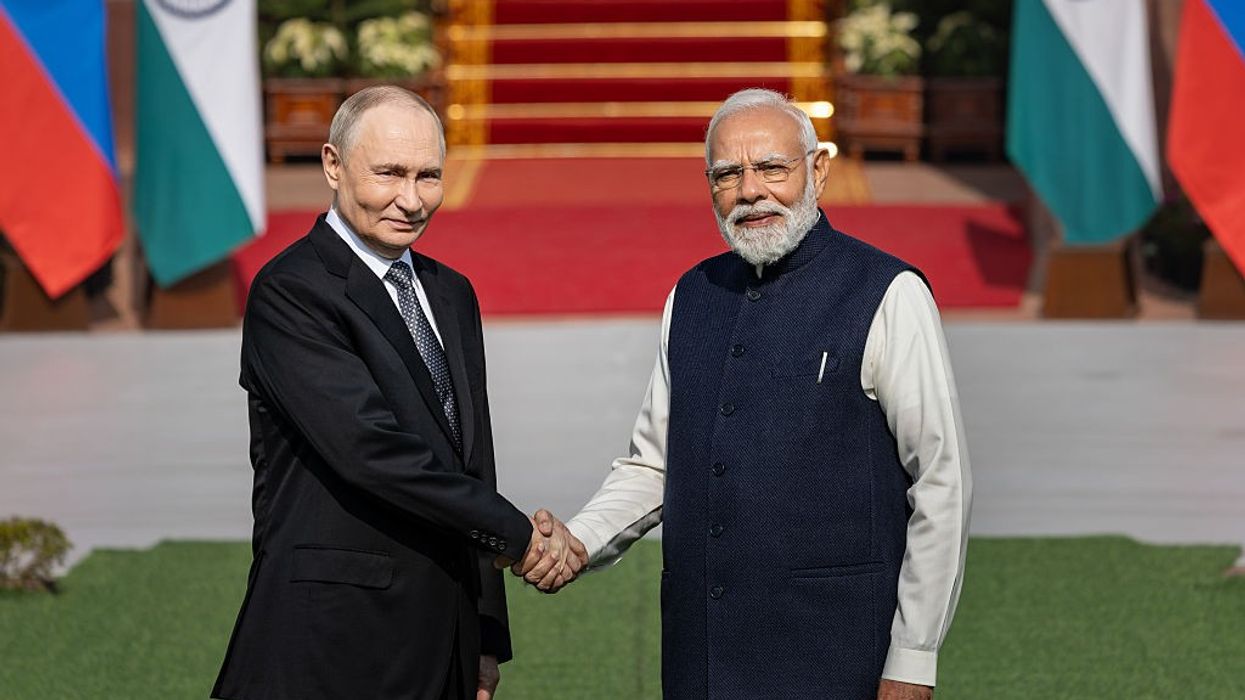President Donald Trump has officially named 23 countries—including India, China, Afghanistan, and Pakistan—as “major drug transit or major illicit drug producing countries,” citing the continuing threat posed by the flow of narcotics and drug precursors into the United States. The announcement came as part of a formal “Presidential Determination” submitted to Congress on Monday (September 15, 2025), according to a White House statement.
What is the 'Major’s list”?
This annual list, informally known in Washington as the 'Major’s List,' identifies countries which either produce major quantities of illicit drugs or act as significant transit hubs for drugs entering the US. The countries named this year include Afghanistan, The Bahamas, Belize, Bolivia, Burma, China, Colombia, Costa Rica, the Dominican Republic, Ecuador, El Salvador, Guatemala, Haiti, Honduras, India, Jamaica, Laos, Mexico, Nicaragua, Pakistan, Panama, Peru, and Venezuela.
The White House emphasized that inclusion on the list is not necessarily a reflection of a government’s enforcement efforts. Instead, it acknowledges that geographic, commercial, or economic factors allow large-scale transit or production of illicit substances, even if authorities attempt rigorous law enforcement.
Special Focus: China, Afghanistan, five countries flagged
President Trump singled out China, calling it the “world’s largest source” of precursor chemicals for fentanyl production, and urged Beijing to take stronger action against chemical flows fueling global drug epidemics. In the case of Afghanistan, Trump dismissed the Taliban’s claims of a ban on narcotics, highlighting continued stockpiles and methamphetamine output that sustain global traffic and fund terrorism. He pointed out that some Taliban members profit from this trade, undermining stability and international security.
Five countries—Afghanistan, Bolivia, Burma, Colombia, and Venezuela—were specifically cited as having “failed demonstrably” to meet their drug control obligations over the past year. The President expressed particular concern over Colombia’s record-high coca cultivation and Venezuela’s role as a trafficking hub, calling on their governments to step up counternarcotics efforts.
Implications and the US response
President Trump linked the global narcotics trade directly to America’s drug crisis, describing it as a “national emergency” and the leading cause of death for Americans aged 18 to 44. He warned that countries failing to take adequate action against drug trafficking would face “serious consequences,” including potential policy and economic measures by the U.S.
The State Department clarified that while many countries on the list cooperate robustly with the US, the announcement is meant to spotlight areas of risk and urge stronger international collaboration to disrupt drug flows and dismantle criminal networks.
This 'Major’s List' marks a renewed push by the Trump administration to confront the global drug trade by placing responsibility on producing and transit countries, and demanding greater oversight, enforcement, and shared accountability for the safety of U.S. citizens.


